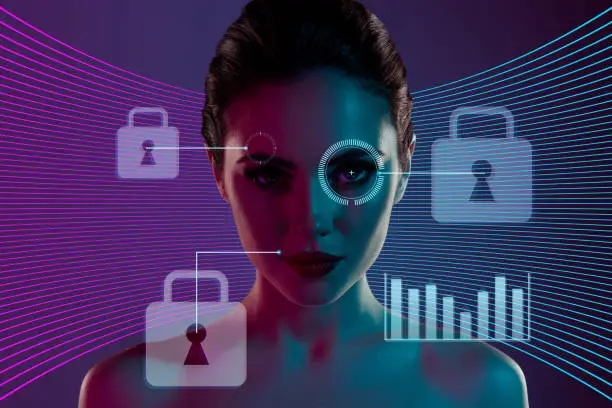The Role of Identity in Future Cybersecurity
QUOTE:
“In the digital world, identity is the new perimeter — not the firewall.”
As the digital landscape expands, traditional security models are no longer enough. With increasing cloud adoption, remote work, and connected devices, the idea of a fixed perimeter is fading. Instead, the future of cybersecurity revolves around identity — who you are, what you can access, and how your digital behavior is tracked and verified.
Identity-based cybersecurity isn’t just about passwords. It includes biometrics, AI-driven behavior analysis, and zero-trust frameworks that require every access request to be authenticated and verified.

The Rise of Identity-Centric Security
From corporate networks to personal smartphones, the shift toward identity as the foundation of security is changing how systems are built and protected.
Instead of defending locations, modern systems defend identities — individual users, devices, and services — with real-time context awareness.Key Trends in 2025
- Zero Trust Architecture (ZTA)
- AI-Powered Identity Analytics
- Biometric Authentication
Assume no user or device is trusted by default — verify every action, every time.
Real-time behavioral monitoring detects anomalies and insider threats faster than ever.
Facial recognition, retina scans, voice IDs — now standard in consumer and enterprise tech.
💬 Excerpt:
Cybersecurity in 2025 is no longer about building walls — it’s about knowing who’s inside. Identity has become the front line of defense. From login to logout, systems track and verify every user’s digital footprint to ensure only the right people get access, and threats are isolated instantly.
Performance Metrics
- Threat Response Time: 4x faster using behavior-based detection
- Passwordless Adoption: 60% of global organizations using biometric or device authentication
- Phishing Reduction: 80% fewer incidents in identity-secure environments
- Access Control Accuracy: 95% success in detecting unauthorized logins via anomaly detection
Accessibility
- Multi-Factor Authentication (MFA): Supports multiple formats for users with different abilities
- Decentralized Identity Models: Users own their identity credentials via blockchain
- Cross-Platform Security: Uniform identity controls across mobile, desktop, and cloud
- Customizable Auth Flows: Adaptive to regional compliance and user needs
Looking Forward
As cyber threats evolve, identity is becoming the first line of trust and defense. The shift to identity-first security means:
- Trust is earned with every access.
- Authentication adapts in real time.
- Biometrics and AI will become standard security measures.
- Cybersecurity is personalized, predictive, and proactive
Identity isn’t just a credential. It’s a dynamic, living profile that protects us in a world where every login is a potential attack vector.
In the future, identity won’t just secure systems — it will shape how we live, work, and connect in the digital world.



Search
Categories
Categories
Recent Posts
Nihil blanditiis at in nihil autem
Quidem autem et impedit
Id quia et et ut maxime similique occaecati ut
Laborum corporis quo dara net para
Et dolores corrupti quae illo quod dolor
Tags